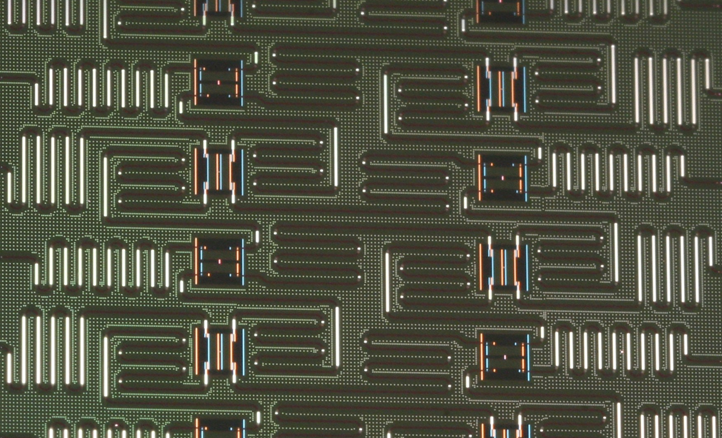
The U.S. Department of Energy (DoE), the agency with the most sway in how the largest supercomputers are designed and built, has been looking beyond CMOS since well before exascale systems were on the horizon.
The agency is placing multiple bets that quantum computing will play an important role in the future of large-scale scientific computing, whether as an accelerator of sorts or a more general purpose system in the future. With so many scattered projects it’s difficult to keep a running total but it is not unreasonable to assume that, at the current rate, the DoE could invest well over a billion dollars into future quantum tech by the end of 2022 and that’s not including the millions reserved to build the “quantum internet”.
The dollar figure on that gamble keeps increasing with another $73 million added today.
The DoE has been robust in its funding of quantum computing in the last few years. From all-encompassing programs like Q-Next pushing $115 million into the area over five years and segmented funding for application and domain areas in quantum (broadly called Quantum Information Science or QIS by the DoE), the department is clearly setting a course for future systems, even if the realization of that funding could be a decade (or more) away and even then still might not displace traditional supercomputers.
In 2019, the DoE awarded over $60 million for quantum computing in communications, in January, 2020 they announced $625 million for new quantum computing centers. In March of this year, $30 million for QIS in key application areas. This is in addition to the $115 million Q-Next program located at Argonne National Lab. All of this, along with the $73 million announced today, doesn’t include DoE money that moves along with that of the NSF and other agencies and programs. So perhaps it’s already over a billion.
This week, the DoE announced the $73m to fund new thinking and “experimental and theoretical efforts to advance understanding of quantum phenomena in systems that could be used for quantum information science (QIS) and the use of quantum computing in chemical and materials sciences research.” This influx of investment will span 29 projects over three years ranging from novel materials, cryogenic systems, and algorithms, among other areas.
With only a few application-focused awardees, the bulk of the funding appears to support quantum hardware efforts. This includes projects focused on qubit creation (materials, stability enhancements, entirely new qubit types), fault tolerance, and error correction. A few of the efforts will be focused on quantum simulation on traditional systems.
The awards span a wide range of universities and national labs. Berkeley National Lab has two awards, with one group focused on superconducting structures for scalable quantum systems and another team developing f-element qubits with controllable coherence and entanglement. Argonne National Lab also has two groups, one focused on matters of entanglement and another focused “quantum spin coherences in photosynthetic proteins.”
Other noteworthy programs under the funding include work on applications, including quantum chemistry (Emory University) and molecular dynamics/materials science (University of Southern California). There are also a couple of awarded teams that will focus on specific programming-related challenges ahead.
Projects were chosen based on peer review under the DOE Funding Opportunity Announcement, “Materials and Chemical Sciences Research for Quantum Information Science,” under DOE’s Office of Science, Basic Energy Sciences (BES). The DOE’s Office of Science efforts in QIS are informed by community input and target mission-focused applications including quantum computing, quantum simulation, quantum communication, and quantum sensing. DOE’s Office of Science supports five National QIS Research Centers and a diverse portfolio of research projects that includes recent awards to advance QIS in areas related to nuclear physics and fusion energy sciences.
“Quantum science represents the next technological revolution and frontier in the Information Age, and America stands at the forefront,” said Secretary of Energy Jennifer M. Granholm.“At DOE, we’re investing in the fundamental research, led by universities and our National Labs, that will enhance our resiliency in the face of growing cyber threats and climate disasters, paving the path to a cleaner, more secure future.”





Be the first to comment